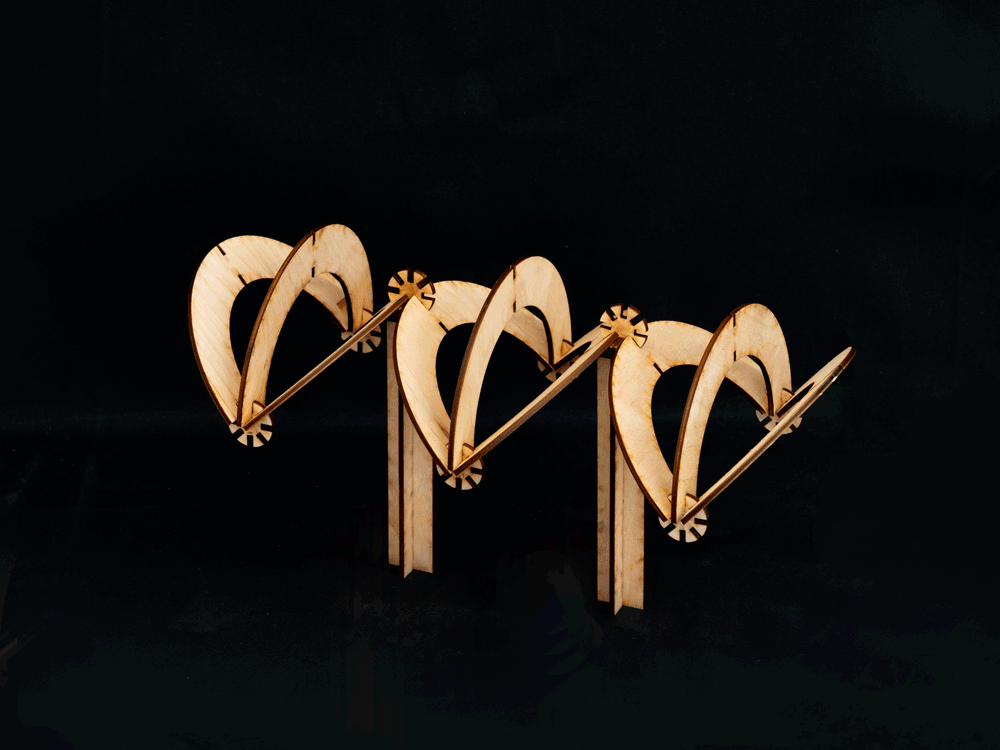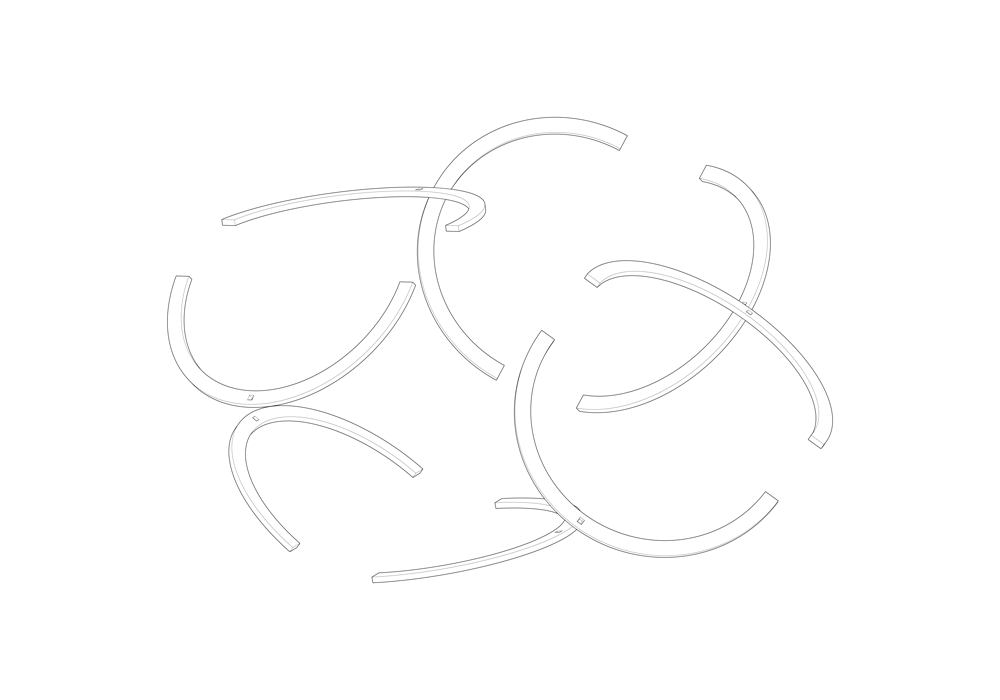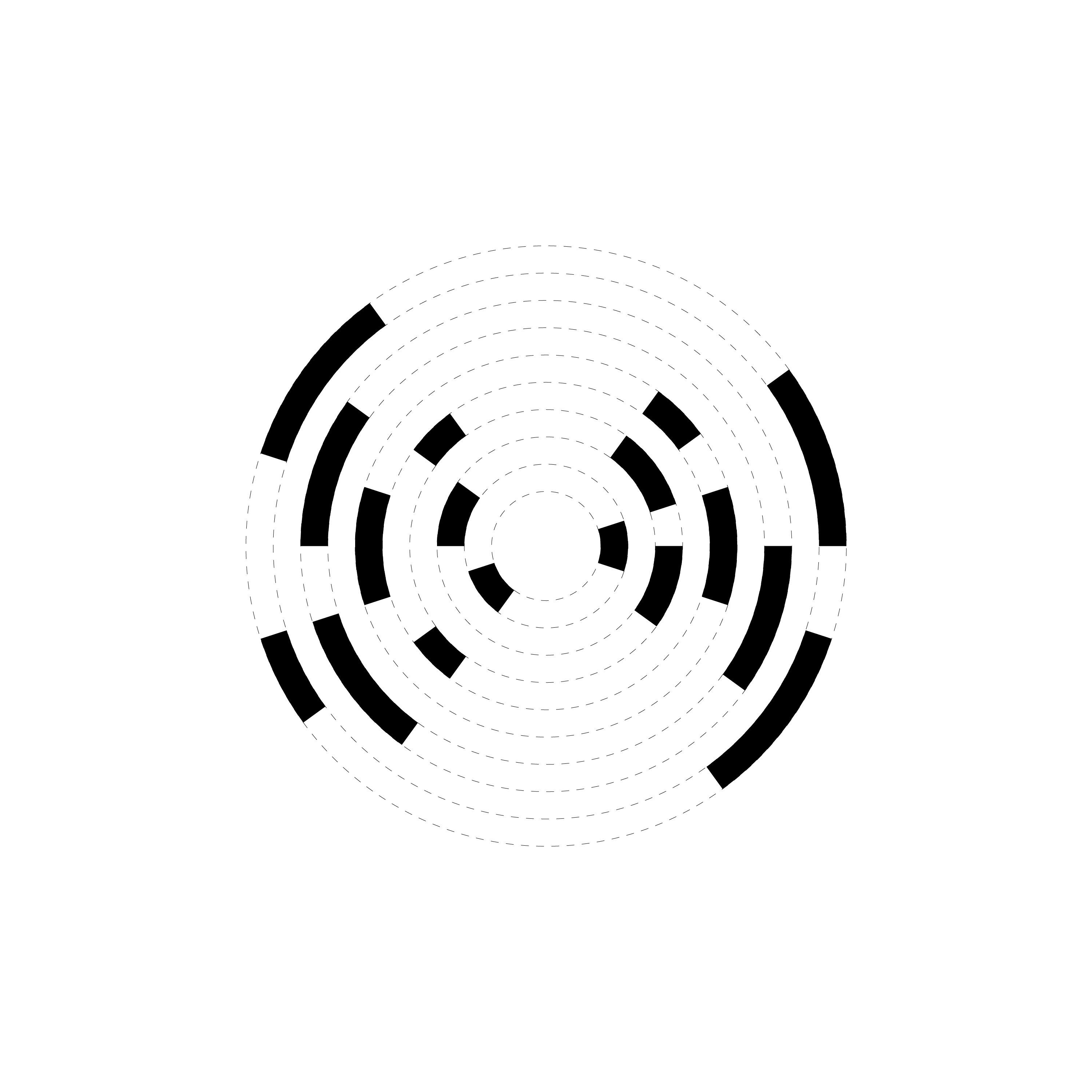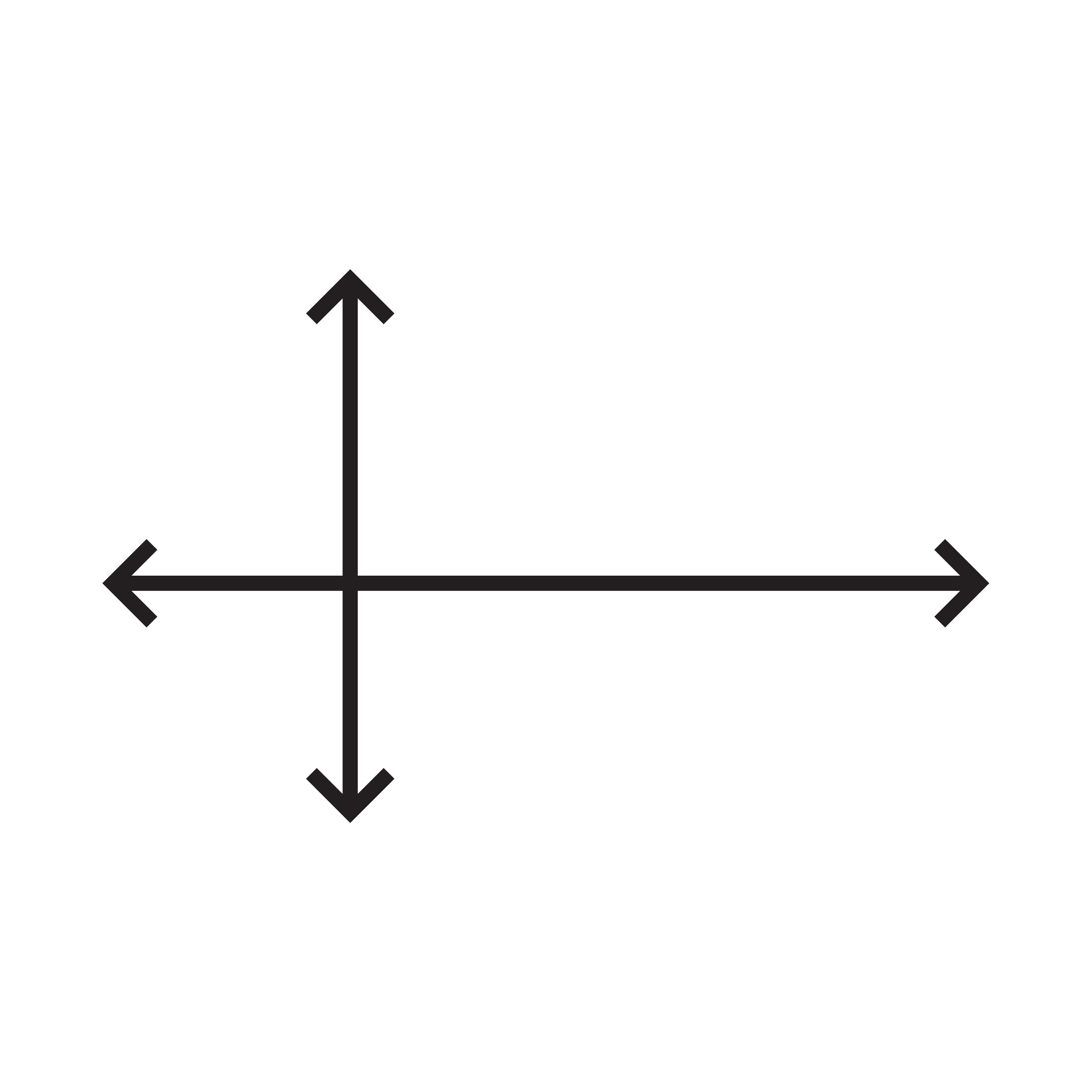Combinatoral Roof Studies
Form Finding Study
2022
From our Equilibrium project, we learned to maintain the formal shape of each piece while keeping accuracy in the reconstructing process. We approached this assignment by defining “reciprocal” mathematically. The action of ‘flipping’ the fraction is suggested by the contrasting qualities of each pair. In the 6 variations, we explored the topics of angle, complexity, and overlap. The flipping action is interpreted as a balancing act and reflection. The symmtricality of the variation is made possible by the counterbalancing of each unit, which distributed the weight of the structure evenly to the two columns. In each variation, we created a logic of attachment that can be reciprocated to create an infinite field. During the design process, we aimed for roof-like structures by maintaining the two columns holding up a platform.



In the Combinatorial project, we choose to improve on one of our variations from the Reciprocal project. We decided to strengthen the snowflakes and create a framework to enforce the structure. The original snowflake is not structurally stable because the connection between the snowflake and the frames is weak. Thus, we enhanced the connection between the two snowflakes by completely intersecting the two. To strengthen the connection between the snowflake with the circular frame, we created a puncture tenon that embedded the frame within the snowflake. This sandwiching technique deconstructed the two into four, which are then connected with a snake-like curve. The other punctures in the snowflake secure the arc and the column altogether.
The rendering shows how the pavilion could be inhabited as a pavilion in a hypothetical park-like site. The structure is meant to repeat in a field-like logic to generate a more immersive experience.









